Ancient Architectural Wonders Discovered in the Desert Sheds Light on Forgotten Civilization
An ancient settlement full of architectural wonders that lay hidden in the desert of Saudi Arabia for almost 2,000 years may hold the “key to unlocking the secrets of an almost-forgotten civilization.”
The city, known as Hegra, once served as a thriving international trade hub for the mysterious Nabataean civilization, who dominated trading throughout Arabia and Jordan, moving goods as far as the Mediterranean and Mesopotamia. But just who was part of this mysterious culture?
Who Were the Nabataens?
The Nabaeteans started off as desert nomads, but they later emerged as one of the most influential groups in the Middle East, due to their control over spice and incense trading routes.

Source: Wikimedia
They rose to prominence sometime around the 4th century BCE, creating a powerful kingdom that lasted over five centuries. The rising Roman Empire eventually annexed them and took control over their vast swaths of land.
The Ancient City of Petra
Several sites are associated with the Nabataeans, including the fabled Perta, a settlement carved directly into sandstone cliff faces in Jordan. However, a lesser-known site is Hegra, which was crafted using similar architectural methods.
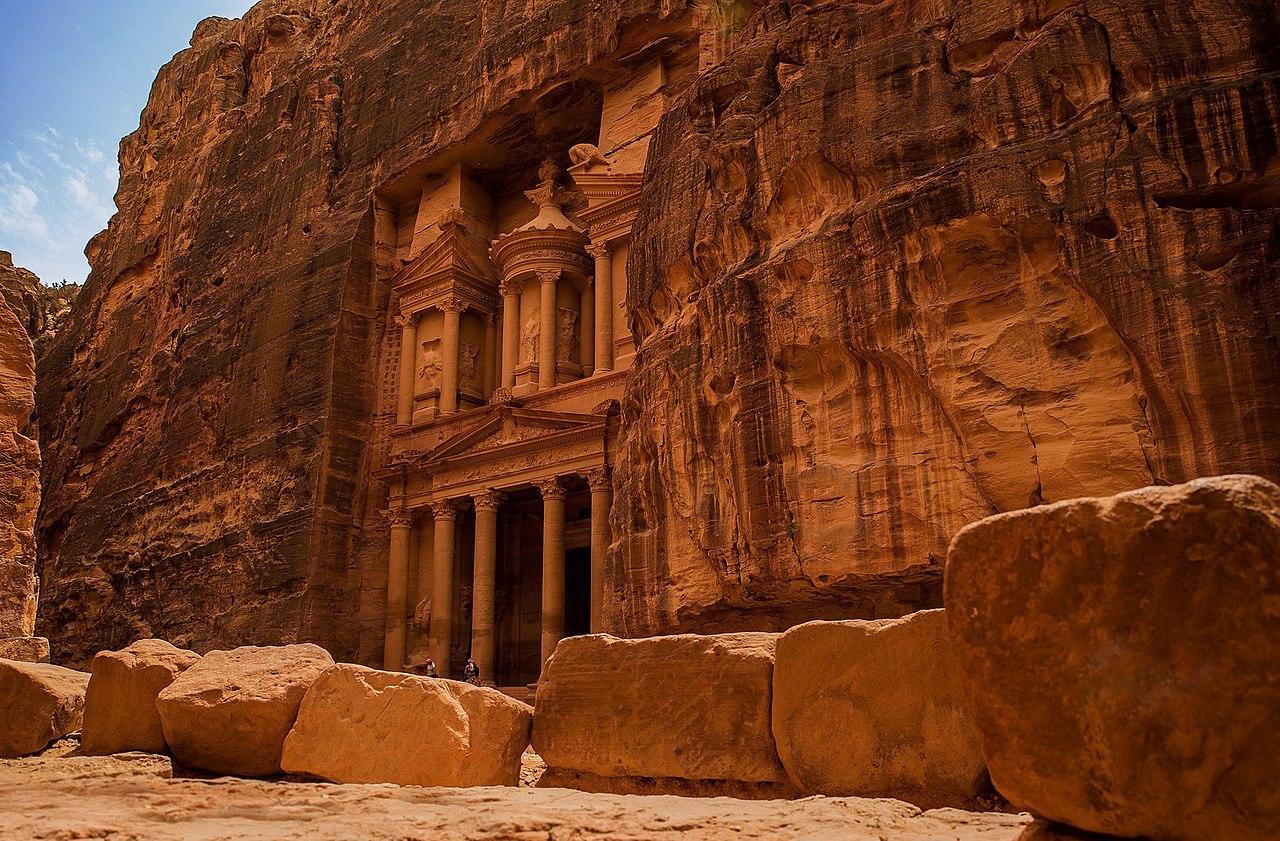
Source: Wikimedia
While Hegra is often considered the second most important settlement of the Nabataean civilization, it is much more important than this. Some researchers even suggest that: “It could hold the key to unlocking the secrets of an almost-forgotten ancient civilization,” per The Smithsonian.
The Mysterious Nabataean Culture
Researchers have gained some insight into the Nabataean culture due to their extensive trade routes. However, after Rome’s annexation, much of the identity was slowly lost and eventually forgotten until Petra was rediscovered in the early 19th century.
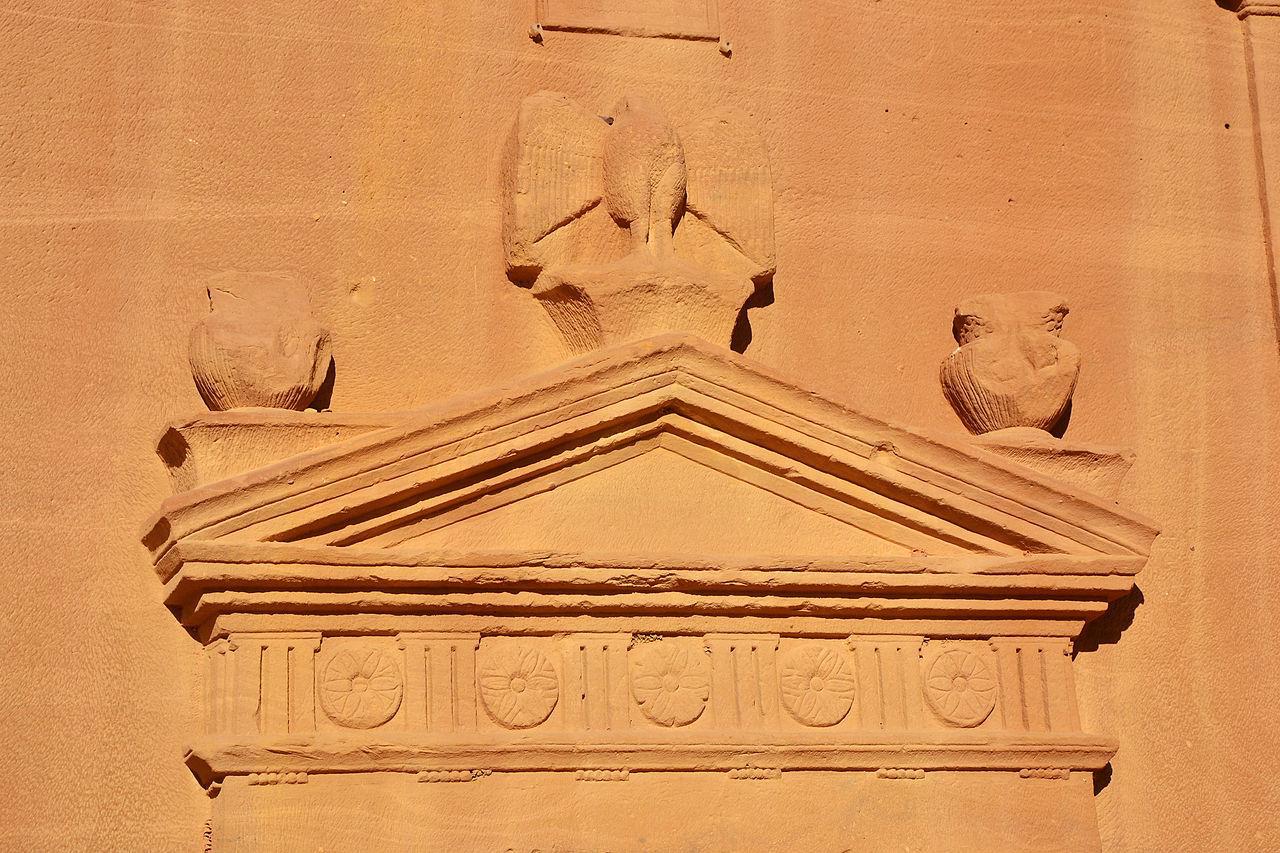
Source: Wikimedia
“The reason why they emerged and they became new in ancient sources is that they became wealthy,” said Laila Nehmé, an archeologist and co-director of the Hegra Archeological Project.
Archaeologists Attempt to Uncover the Secrets of the Nabataeans
According to Nehmé, “The reason we don’t know much about them is because we don’t have books or sources written by them that tell us about the way they lived and died and worshipped their gods.”
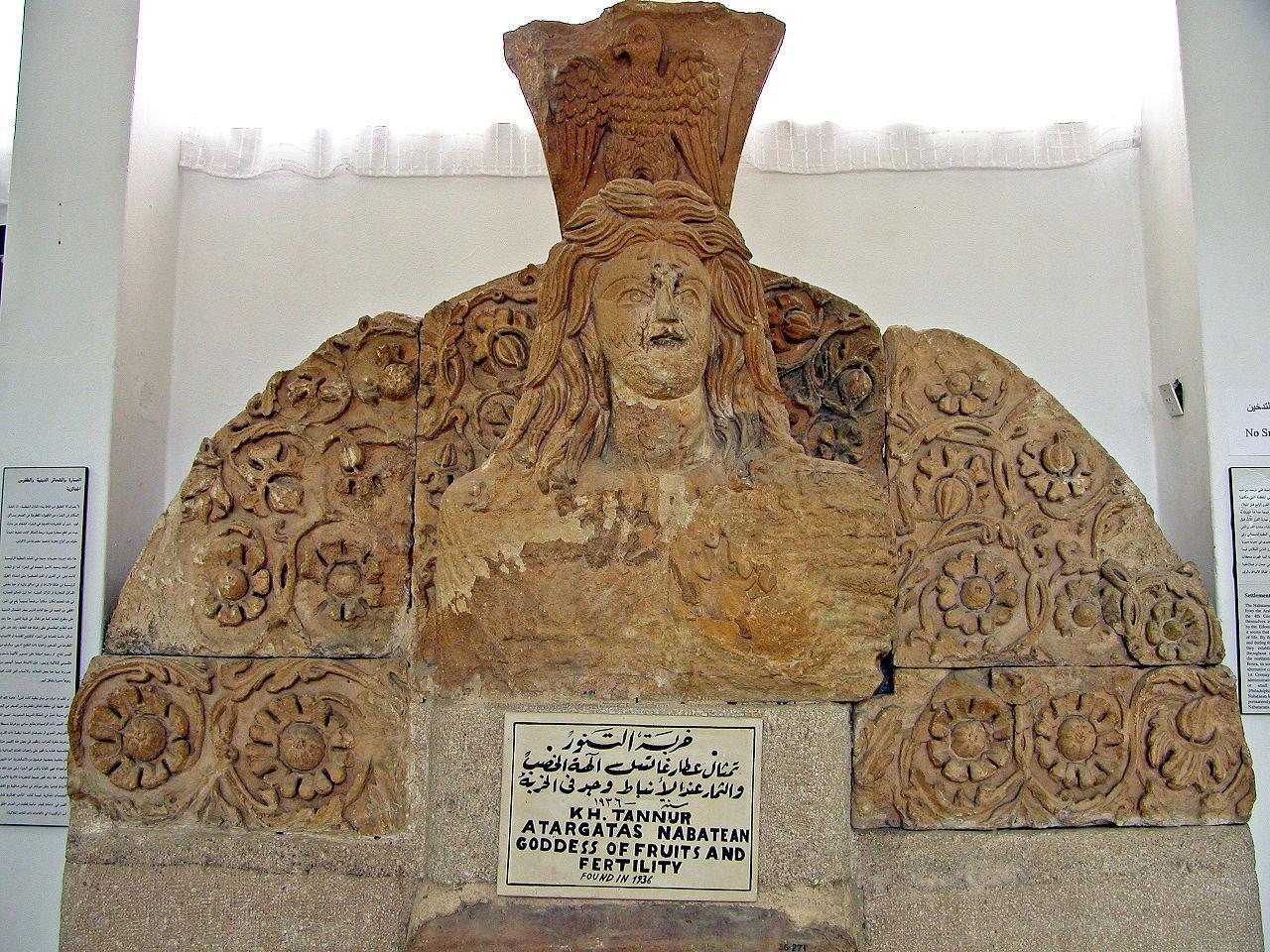
Source: Wikimedia
“We have some sources that are external, so people who talk about them. They did not leave any large mythological texts like the ones we have for Gilgamesh and Mesopotamia. We don’t have their mythology.”
The Ancient City of Hegra
The second largest settlement of the Nabataeans was Hegra, often referred to as Mada’in Salih or Al-Hijr.
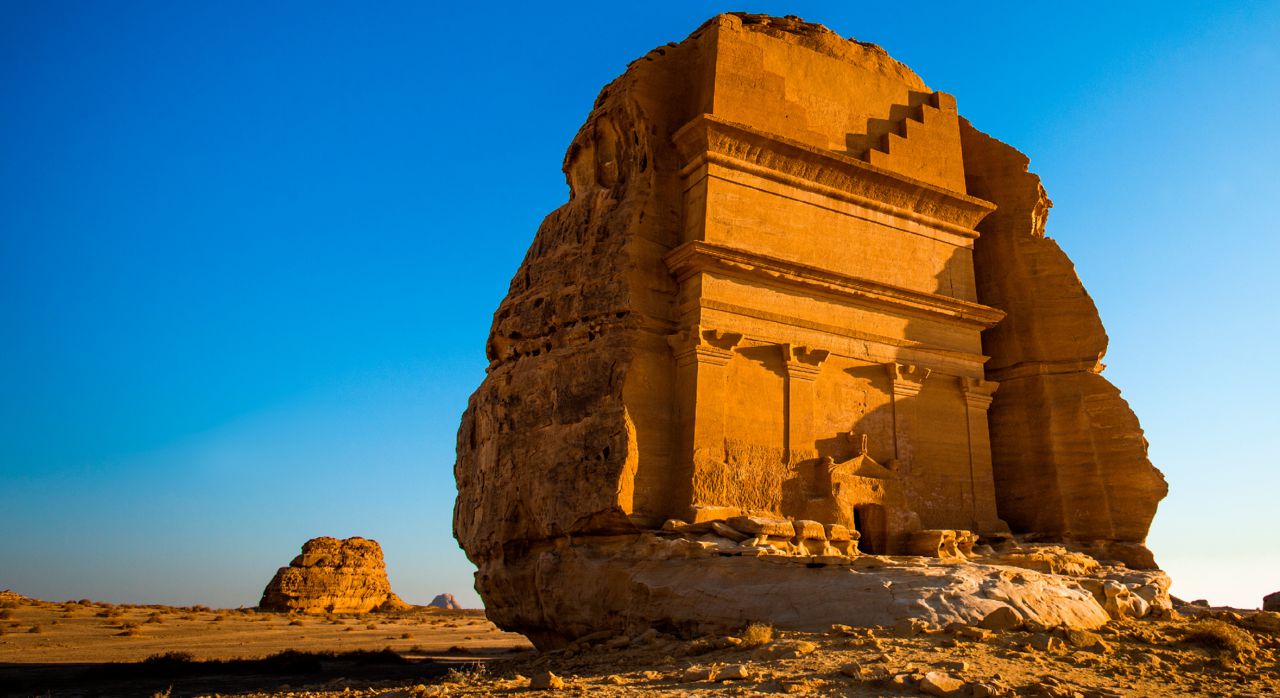
Source: Wikimedia
Located at the base of the Hijaz Mountains, over 680 miles from the Saudi Arabian capital of Riyadh, this site consists of over 110 intricately designed tombs and 130 wells carved into the face of the sandstone.
What Can Hegra Tell Us About the Nabataeans?
Archaeological investigations carried out at Hegra and its sister site, Petra, showcase the advancements the Nabataeans made in architecture and hydraulics.
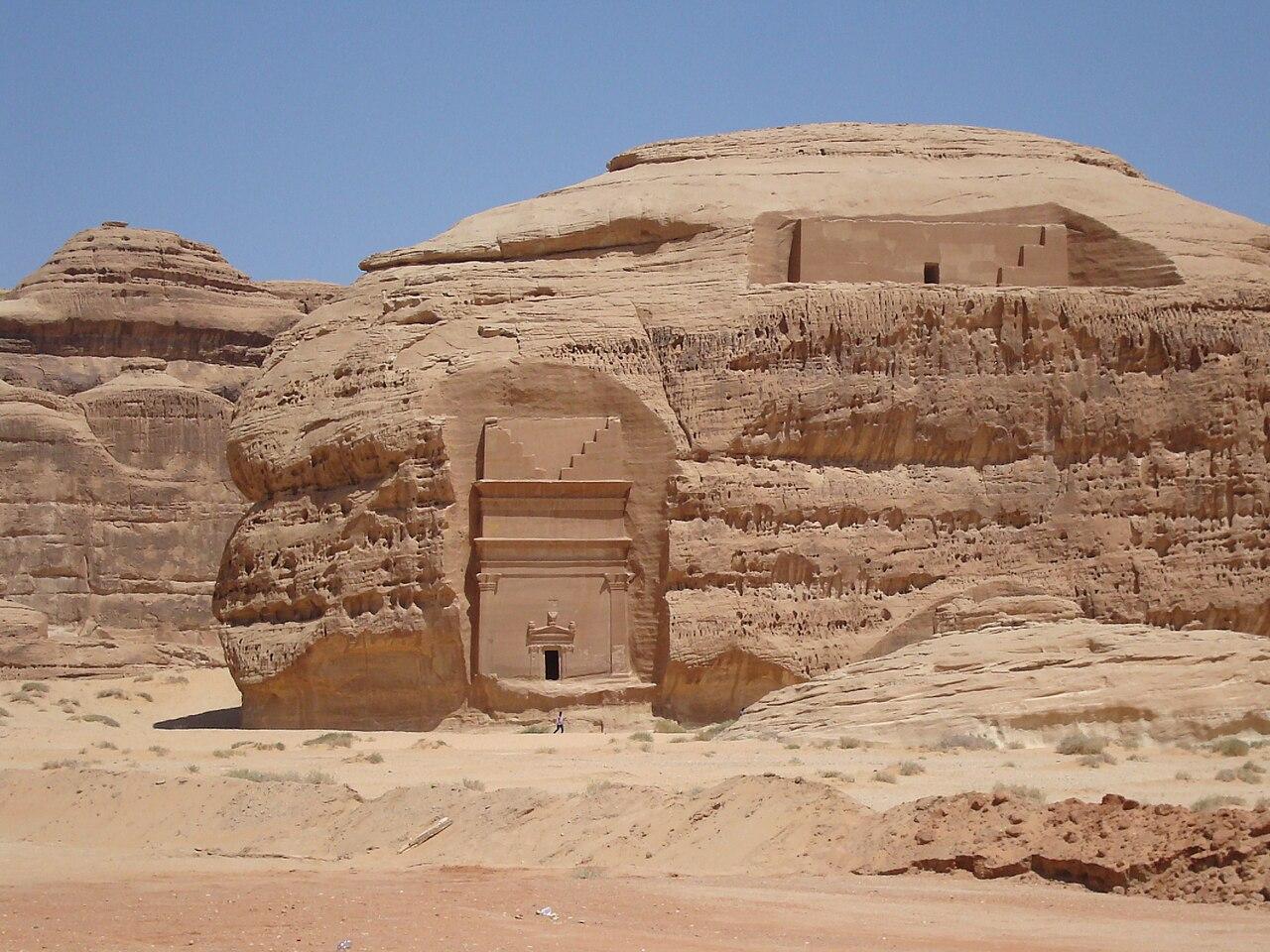
Source: Wikimedia
While Hegra is nothing more than a necropolis today, it was once a thriving metropolis. One fascinating feature is an extensive amount of natural water pipes directed around the buildings to ensure they remain safe from erosion.
The Tombs of Herga
Despite there being only around 100 tombs at Hegra, which is significantly less than the 600 found at Petra, many are in a better state of preservation. This has allowed researchers to reveal the Nabataeans were influenced by classical Greek and Roman architecture.
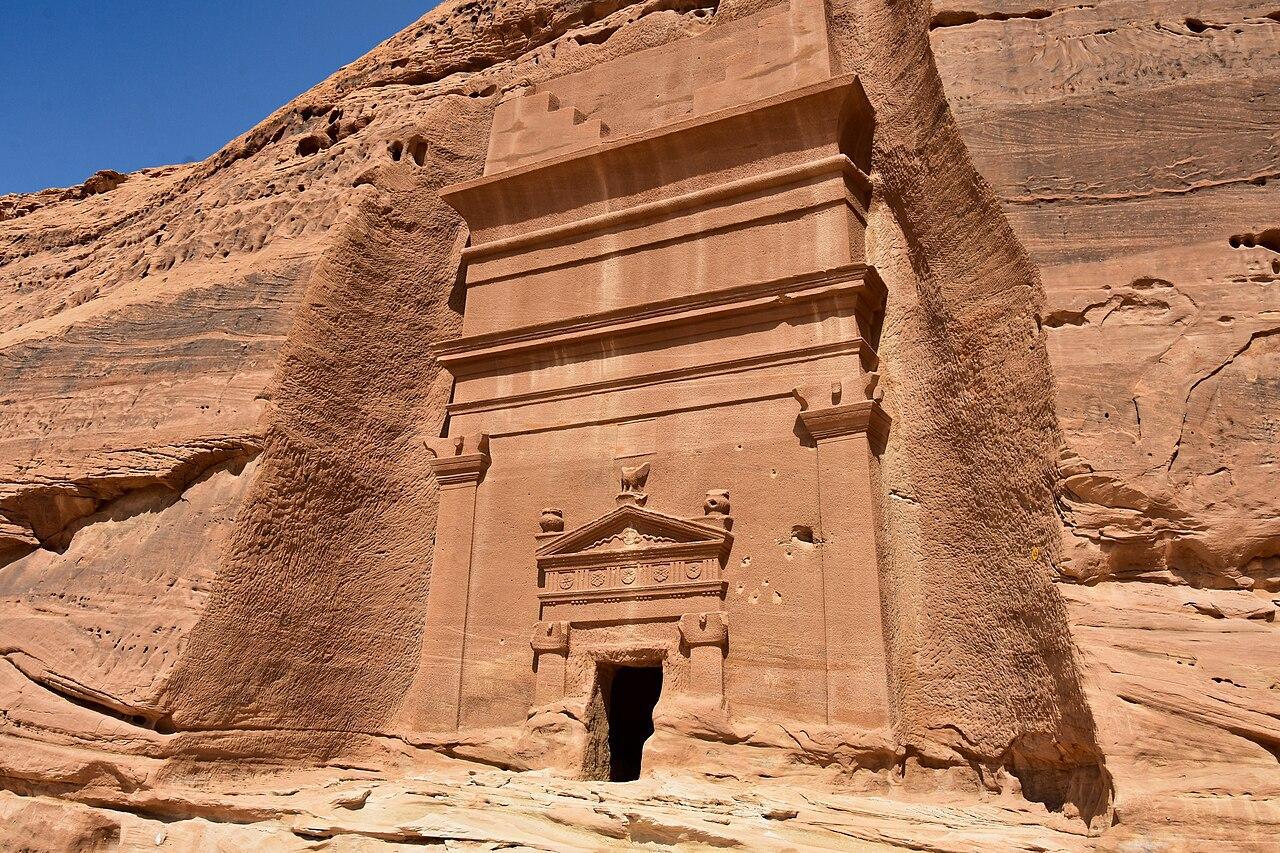
Source: Wikimedia
Many of the buildings at Hegra are inscribed with carvings of eagles, griffins, and sphinxes, all of which were considered sacred animals to renowned cultures such as the Persians and Egyptians.
The Style Observed at Hegra
According to Nehmé, the building style observed at Hegra is “Arab Baroque.” adding, “Because it is a mixture of influences: we have some Mesopotamian, Iranian, Greek, Egyptian.”
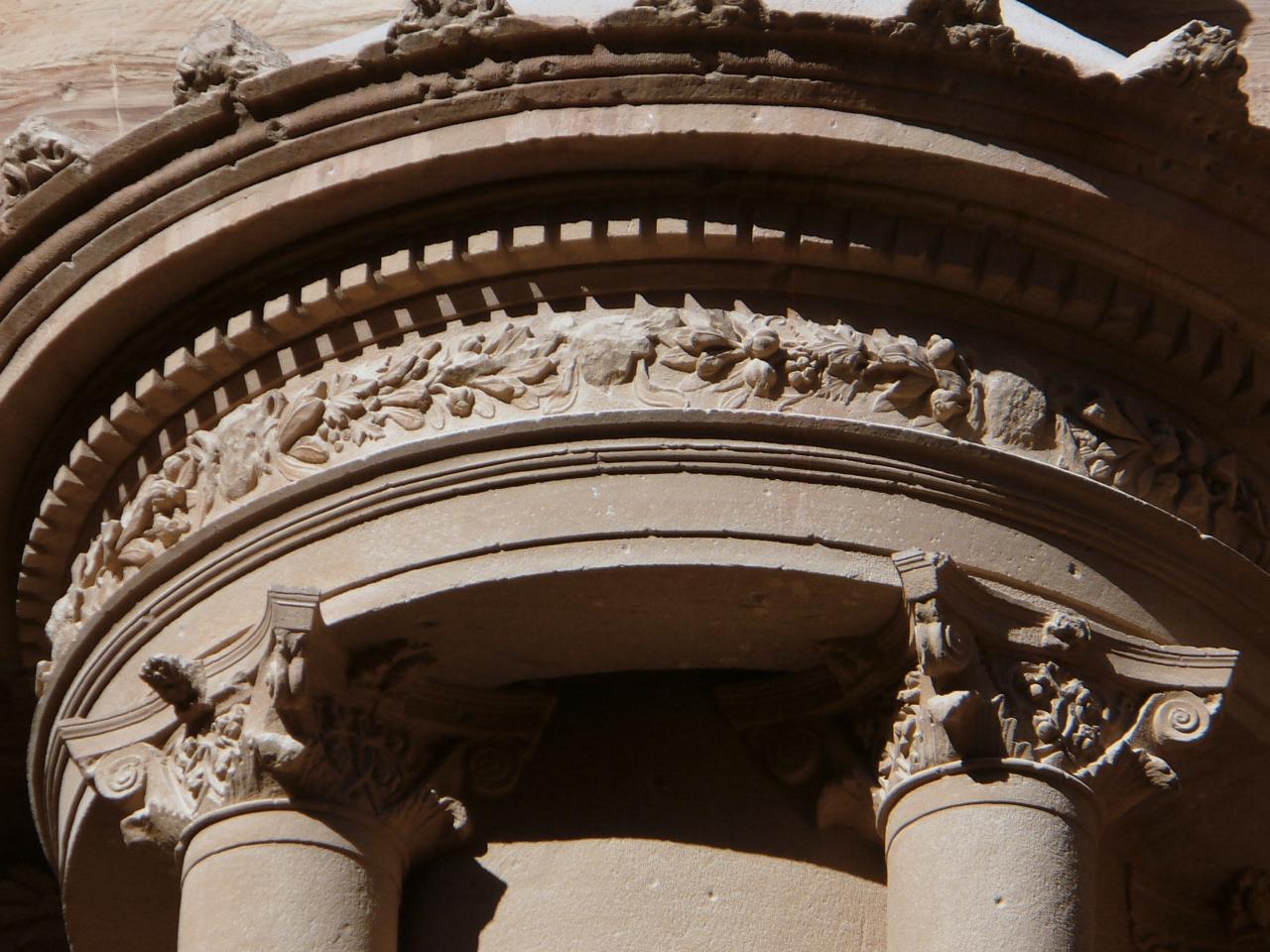
Source: Wikimedia
“You can borrow something completely from a civilization and try to reproduce it, which is not what they did,” she continued. “They borrowed from various places and built their own original models.”
Investigations at The Nabataean Tombs
Archaeological excavations at the site began only in 2008, so it’s still in its infancy. Despite this, researchers have learned a considerable amount about the burial practices of the Nabataeans.
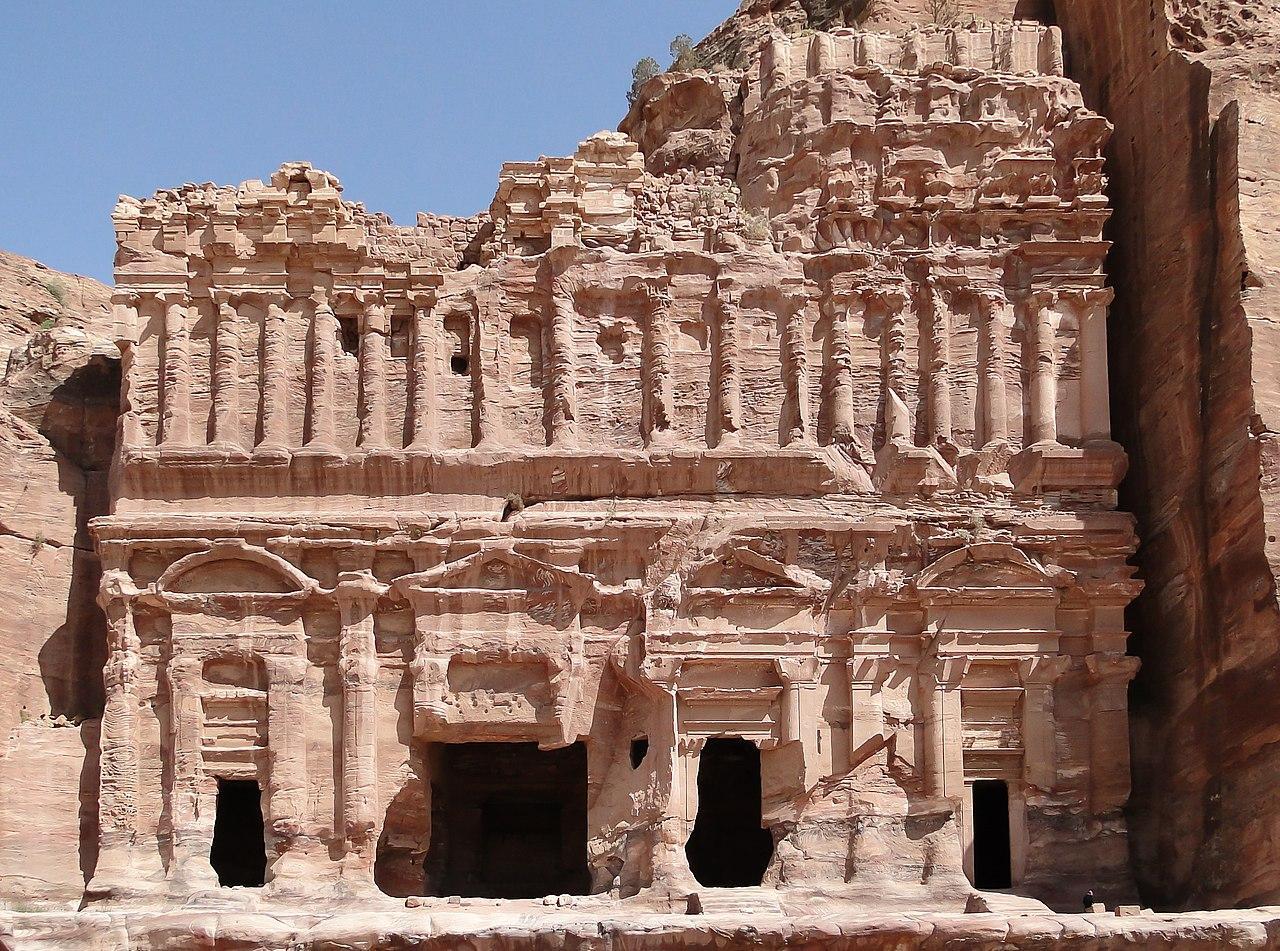
Source: Wikimedia
According to the researchers, a mixture of resin and vegetable oils was used to preserve the deceased. Then, they were wrapped in layers of leather and fabric before being placed in the tombs.
Inscriptions on the Tombs
Many of the tombs at Hegra and Petra also bear inscriptions that offer considerable insight into the lives of several important figures buried at the necropolis. However, David Graf, a Nabataean specialist at the University of Miami, explains that over 7,000 inscriptions have been found across their extensive kingdom.
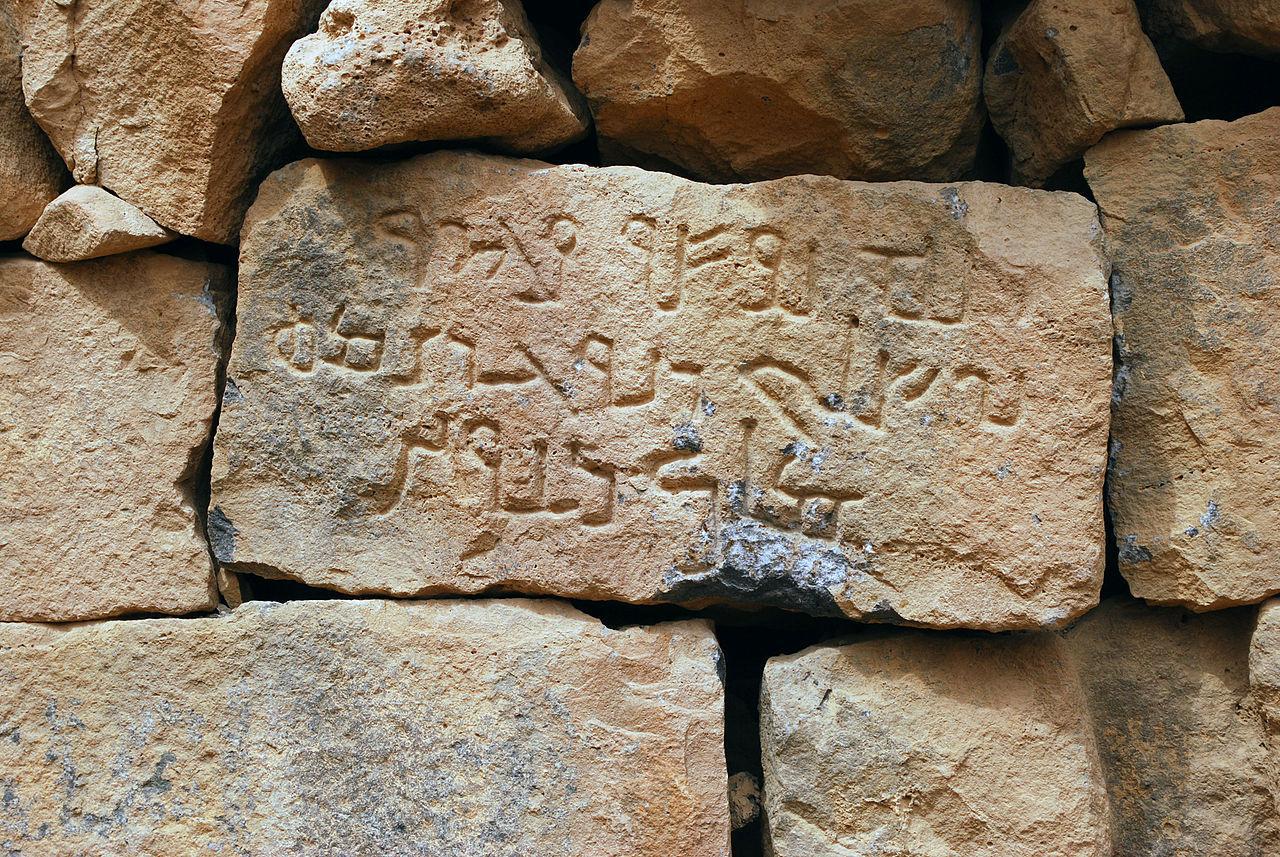
Source: Wikimedia
“Out of that 7,000, only a little over 100 of them have dates. Most of them are very brief graffiti: the name of an individual and his father or a petition to a god. They are limited in their content, so it’s difficult to write a history on the basis of the inscriptions,” he said.
Getting to the Bottom of the Nabataean Mystery
There are still several questions surrounding the Nabatean culture, which may require an alternative approach to get to the bottom of the mystery. As Graf states, “Nabataean is not an ethnic term. Rather, it’s a political term. There are various kinds of people in the Nabataean kingdom. Hegrites, Moabites, Syrians, Jews, all kinds of people.”
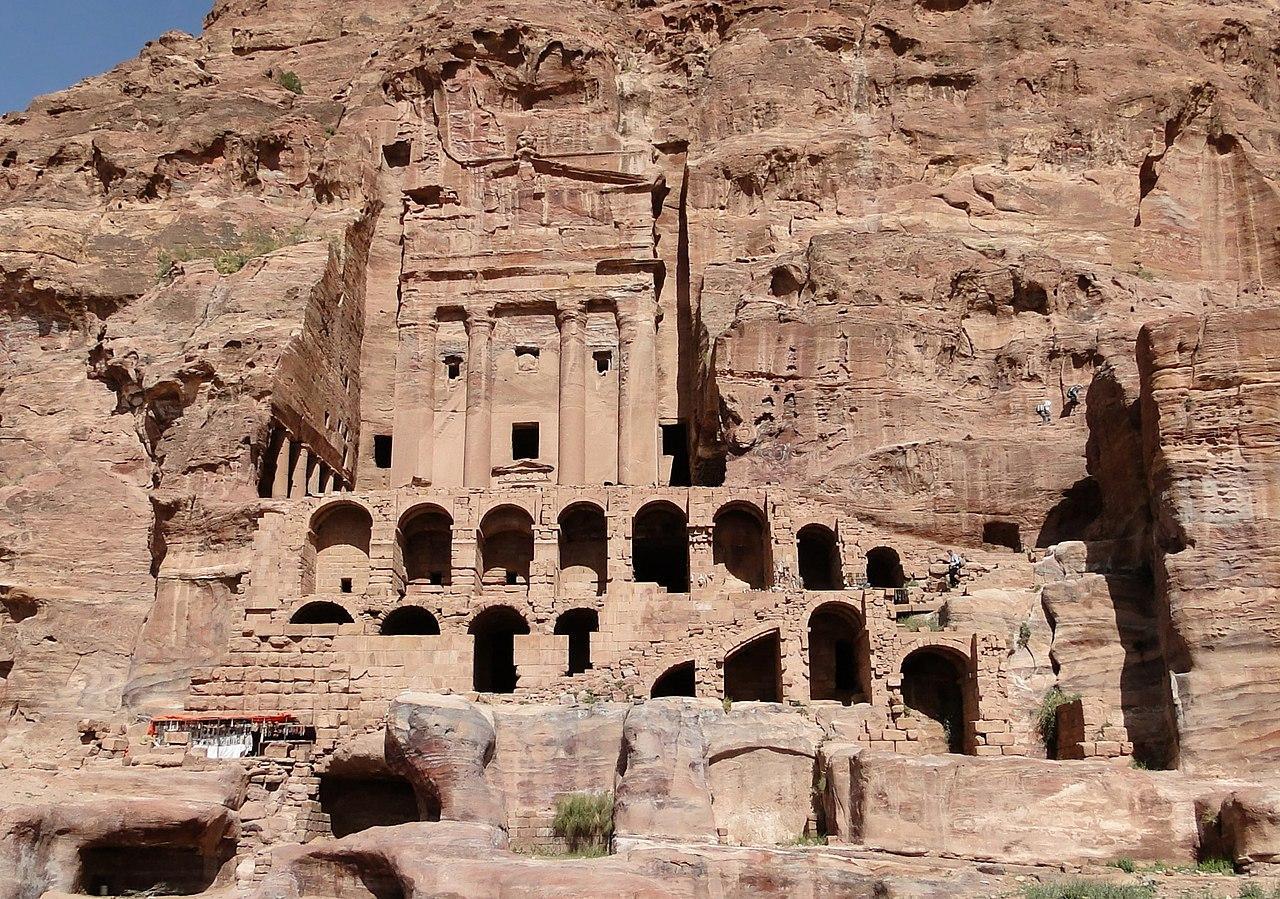
Source: Wikimedia
In this sense, the secret to unlocking the culture’s mysteries may lie in further investigations at sites throughout their former kingdom rather than trying to discern an ancestral connection with another group elsewhere in the Middle East.
